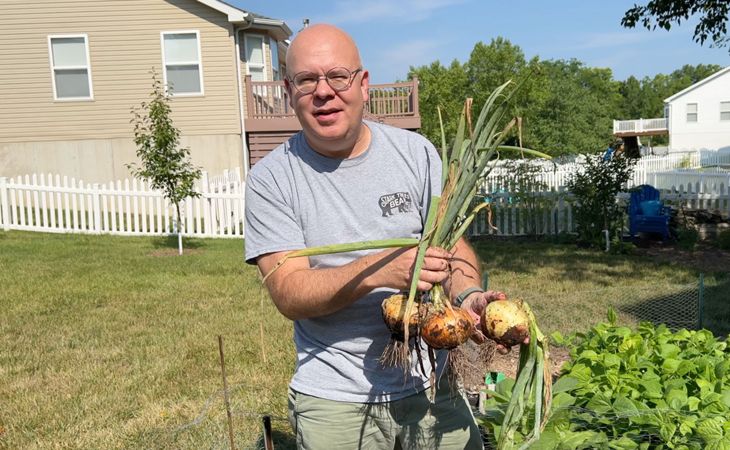How to Harvest and Store Onions
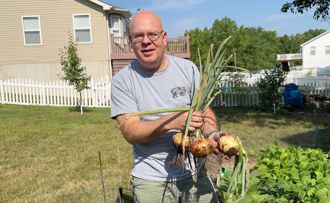
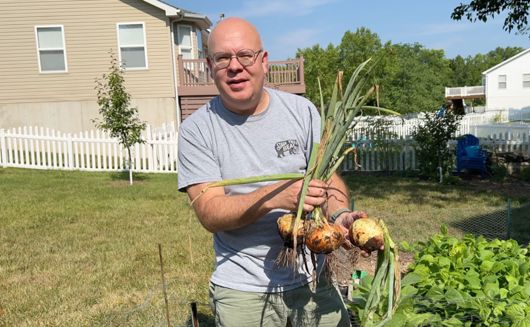
To harvest onions, follow these steps:
Loosen the soil: Before harvesting, gently loosen the soil around the onions using a garden fork or shovel. Be careful not to damage the bulbs during this process.
Lift the onions: Carefully lift the onions from the soil. If the foliage is still green and healthy, you can gently bend it over to speed up the drying process.
Dry the onions: After harvesting, lay the onions in a single layer in a well-ventilated, shady area. Allow them to dry for a few days to a couple of weeks, depending on the weather conditions. The outer skin should become papery during the drying process.
How to Cure and Store Onions:
Storing onions properly is essential to ensure they remain fresh and flavorful for an extended period. Long-term storage of onions involves creating the right conditions to minimize sprouting, rotting, and other forms of spoilage. Here's a step-by-step guide to long-term storing of onions:
Cure the onions: After harvesting, allow the onions to dry or "cure" for about two weeks. Lay them out in a single layer in a well-ventilated, shady area with good airflow. This curing process helps the outer layers of the onion dry and form a protective skin.
Prepare for storage: Once the onions have dried and the outer skins are papery, it's time to prepare them for long-term storage. Trim the roots and cut the tops to about an inch above the bulb.
Choose the right containers: For long-term storage, choose containers that provide good airflow to prevent mold and moisture buildup. Ideal options include mesh bags, burlap sacks, or wooden crates. Avoid using plastic bags or sealed containers, as they trap moisture and can lead to spoilage.
Sort and separate: Sort your onions based on size and quality. Separate any damaged or bruised onions from the healthy ones, as the damaged ones are more likely to spoil quickly and may affect the others.
Layer the onions: Layer the onions in the storage container, making sure they don't touch each other. Placing them in a single layer or using dividers between layers will help prevent the spread of spoilage if one onion goes bad.
Store in a cool, dry place: Find a cool, dry, and well-ventilated location for storing onions. A basement, root cellar, or a cool garage are good options, as long as the temperature remains relatively constant and doesn't fluctuate too much.
Check periodically: Periodically check your stored onions for signs of spoilage or sprouting. Remove any onions that show signs of rot or sprouting to prevent them from affecting the others.
Use the proper ventilation: Ensure that the storage area has good airflow to prevent the buildup of moisture and humidity. Proper ventilation helps to extend the shelf life of onions.
When stored correctly, onions can last for several months in long-term storage. However, keep in mind that different onion varieties have different storage capabilities, so some may last longer than others. Regularly check your stored onions, and use any onions that show signs of deterioration sooner rather than later to avoid waste.
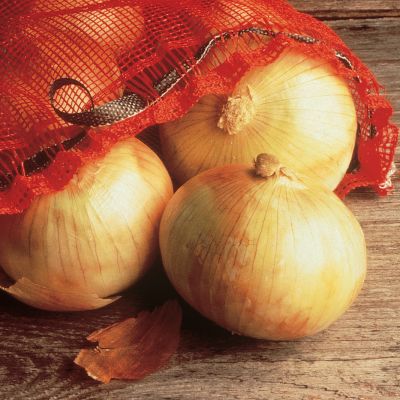 Out of Stock
Candy Hybrid Onion
$21.99 / 60 Pack
Out of Stock
Candy Hybrid Onion
$21.99 / 60 Pack
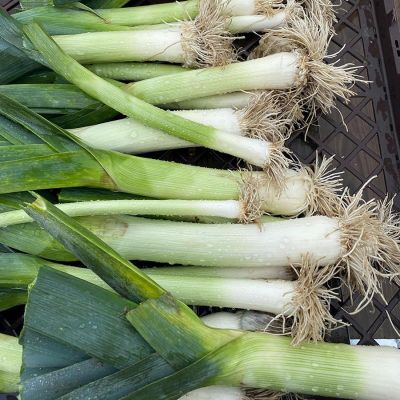 Out of Stock
Lancelot Leeks
$21.99 / 60 Pack
Out of Stock
Lancelot Leeks
$21.99 / 60 Pack
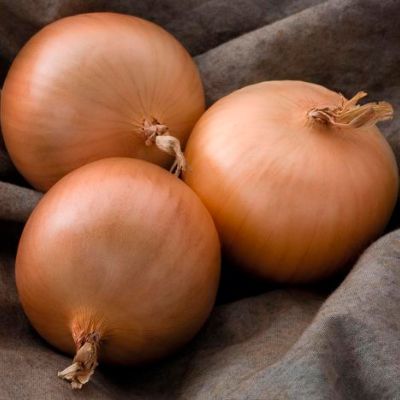 Out of Stock
Patterson Onion
$21.99 / 60 Pack
Out of Stock
Patterson Onion
$21.99 / 60 Pack
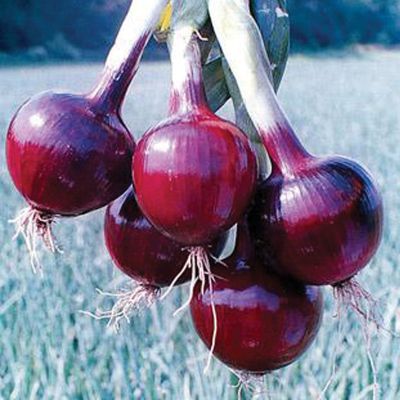 Out of Stock
Redwing Onion
$21.99 / 60 Pack
Out of Stock
Redwing Onion
$21.99 / 60 Pack
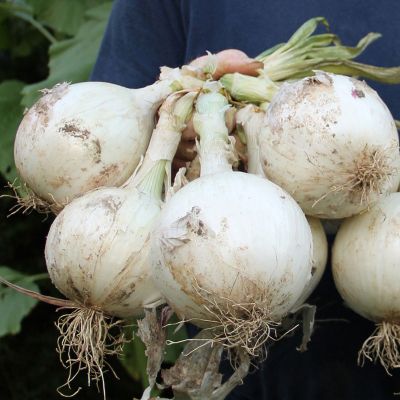 On Sale
Ringmaster Onion
$19.99 / 60 Pack
On Sale
Ringmaster Onion
$19.99 / 60 Pack
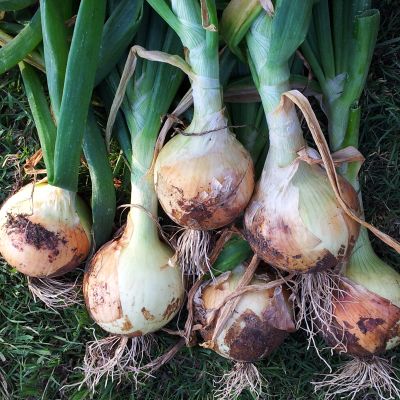 Out of Stock
Texas Super Sweet Onion
$21.99 / 60 Pack
Out of Stock
Texas Super Sweet Onion
$21.99 / 60 Pack
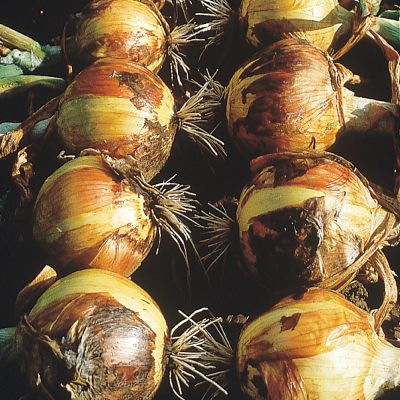 Out of Stock
Walla Walla Sweet Onion
$21.99 / 60 Pack
Out of Stock
Walla Walla Sweet Onion
$21.99 / 60 Pack
- Article Categories:
- How To Grow
- Fall Gardening
- Winter Gardening

